The report also found that if current trends continue over the next two decades, urban growth will threaten more than 290,000 km2 of habitat — an area larger than New Zealand. Protected lands are increasingly in close proximity to cities, with 40% of strictly protected areas anticipated to be within 50 km of a city by 2030.
25 new cities accredited for exceptional efforts to safeguard urban wetlands
Urbanization is one of the key defining mega-trends of our time. Four billion people, about half of the world’s population, currently live in urban areas. This number is expected to dramatically increase with the predicted rise in urbanization rates. According to The Nature in the Urban Century report, authored by The Nature Conservancy, Future Earth and The Stockholm Resilience Centre, by 2050, there will be 2.4 billion more people in cities, a rate of urban growth that is equivalent to building a city the population of London every seven weeks. Humanity will urbanize an additional area of 1.2 million km2, larger than the country of Colombia.

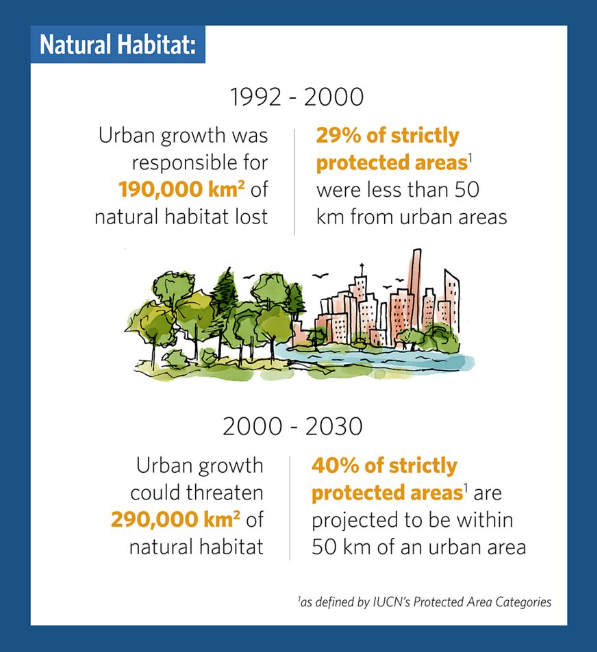
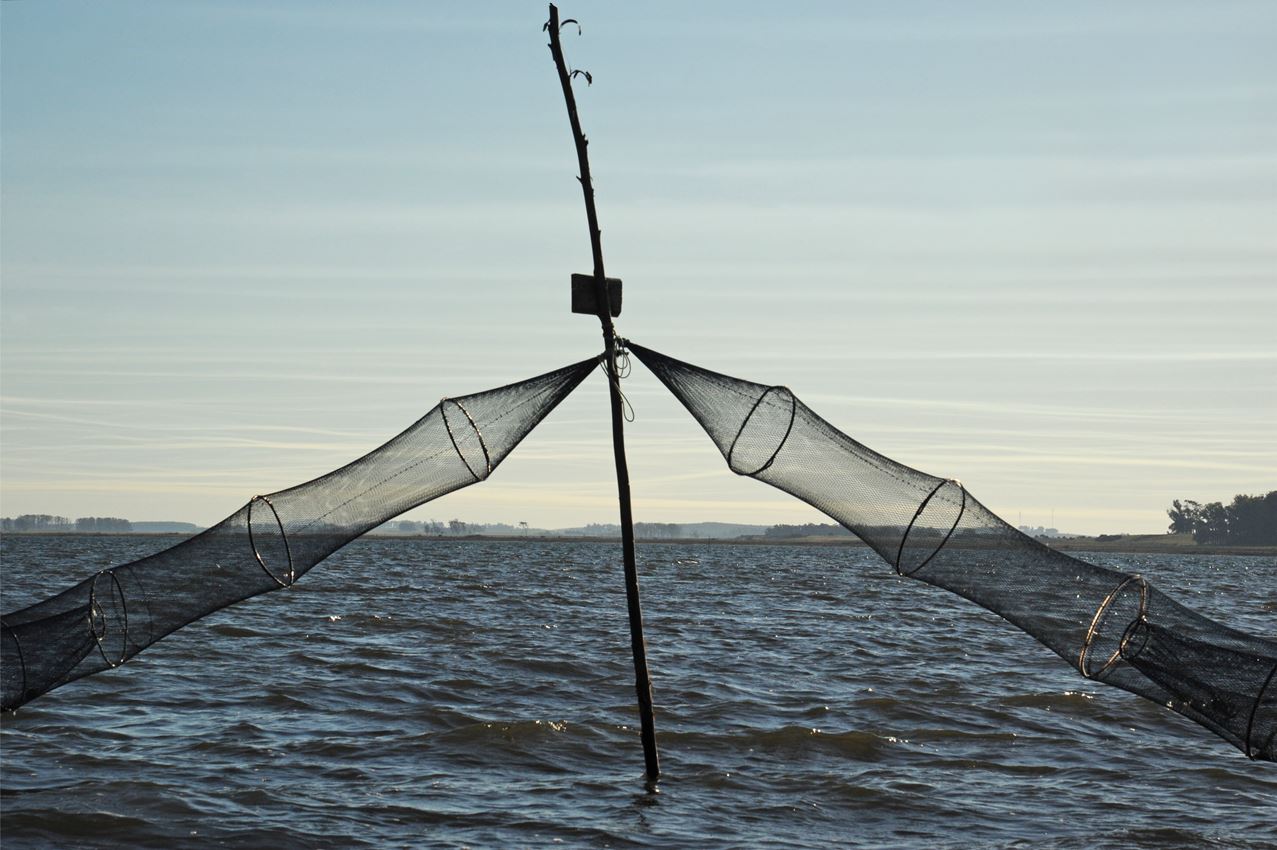
The urbanization trend poses a major threat to several critical ecosystems, including wetlands. Wetlands can play a crucial role in urban biodiversity, and in maintaining ecosystems and the well-being of urban communities. When preserved and sustainably used, urban wetlands can provide cities with multiple economic, social and cultural benefits. During storms, urban wetlands absorb excess rainfall, which reduces flooding in cities and prevents disasters and their subsequent costs. The abundant vegetation found in urban wetlands acts as a filter for domestic and industrial waste and contribute to improving water quality.
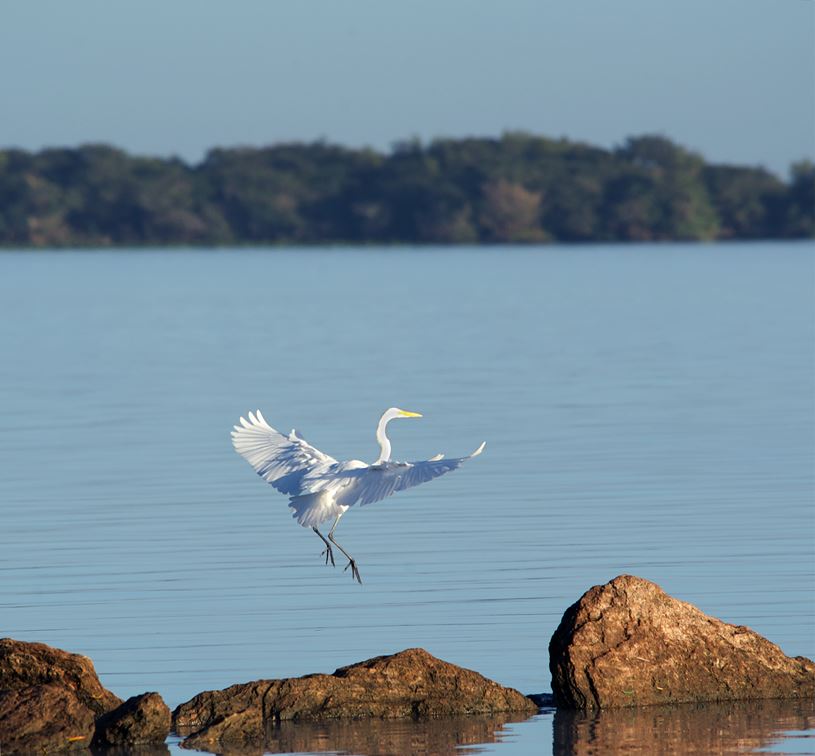
As cities grow and the demand for land use increases, the tendency is for development to encroach on wetlands, because they are often perceived as wastelands that can be used as dumping grounds or converted for other land uses.
Urban wetlands are prized assets, not wasteland, and therefore should be proactively conserved and integrated into the development and management plans of cities. The Convention on Wetlands (also known as the Ramsar Convention) is promoting cities that take exceptional steps to protect their wetlands and benefits to people, by giving credit to cities that prioritize their urban wetlands through an accreditation scheme.
The 172 Contracting Parties to the Convention on Wetlands have agreed to the conservation and wise use of wetlands in their territories. Recognizing the importance of cities and urban wetlands, the Convention introduced a Wetland City accreditation scheme in 2015 (Resolution XII.10). This voluntary scheme provides an opportunity for cities that value their natural and/or human-made wetlands to gain international recognition and positive publicity for their efforts. Cities must apply to be accredited and they have to show that they comply with a number of criteria, including exceptional protection, care and wise use of their wetlands through a range of mechanisms such as urban planning and education.
2018
During the first cycle of the City Accreditation Scheme, the 18 cities that qualified for accreditation were announced at the Convention of Wetlands COP13 in 2018. These 18 cities were:
- China: Changde, Changshu, Dongying, Haerbin, Haikou, Yinchuan
- France: Amiens, Courteranges, Pont Audemer, Saint Omer
- Hungary: Lakes by Tata
- Republic of Korea: Changnyeong, Inje, Jeju, Suncheon
- Madagascar: Mitsinjo
- Sri Lanka: Colombo
- Tunisia: Ghar el Melh
The intention is that The Wetland City Accreditation scheme will encourage cities in close proximity to and dependent on wetlands, especially Wetlands of International Importance, to highlight and strengthen a positive relationship with these valuable ecosystems, for example through increased public awareness of wetlands and participation in municipal planning and decision-making. The Accreditation scheme should further promote the conservation and wise use of urban and peri-urban wetlands, as well as sustainable socio-economic benefits for local people.
During the 59th meeting of the Convention on Wetlands Standing Committee on 26 May 2022, the Co-Chairs of the Convention on Wetlands Independent Advisory Committee on Wetland City Accreditation announced that 25 applicant cities had been accepted in recognition of their exceptional efforts to safeguard urban wetlands for people and nature.
Congratulations to the cities that have been accredited! One of the cities, Cape Town, is one of the pioneer CitiesWithNature – a global partnership initiative that recognizes and enhances the value of nature in and around cities across the world. The 2022 accredited cities are:
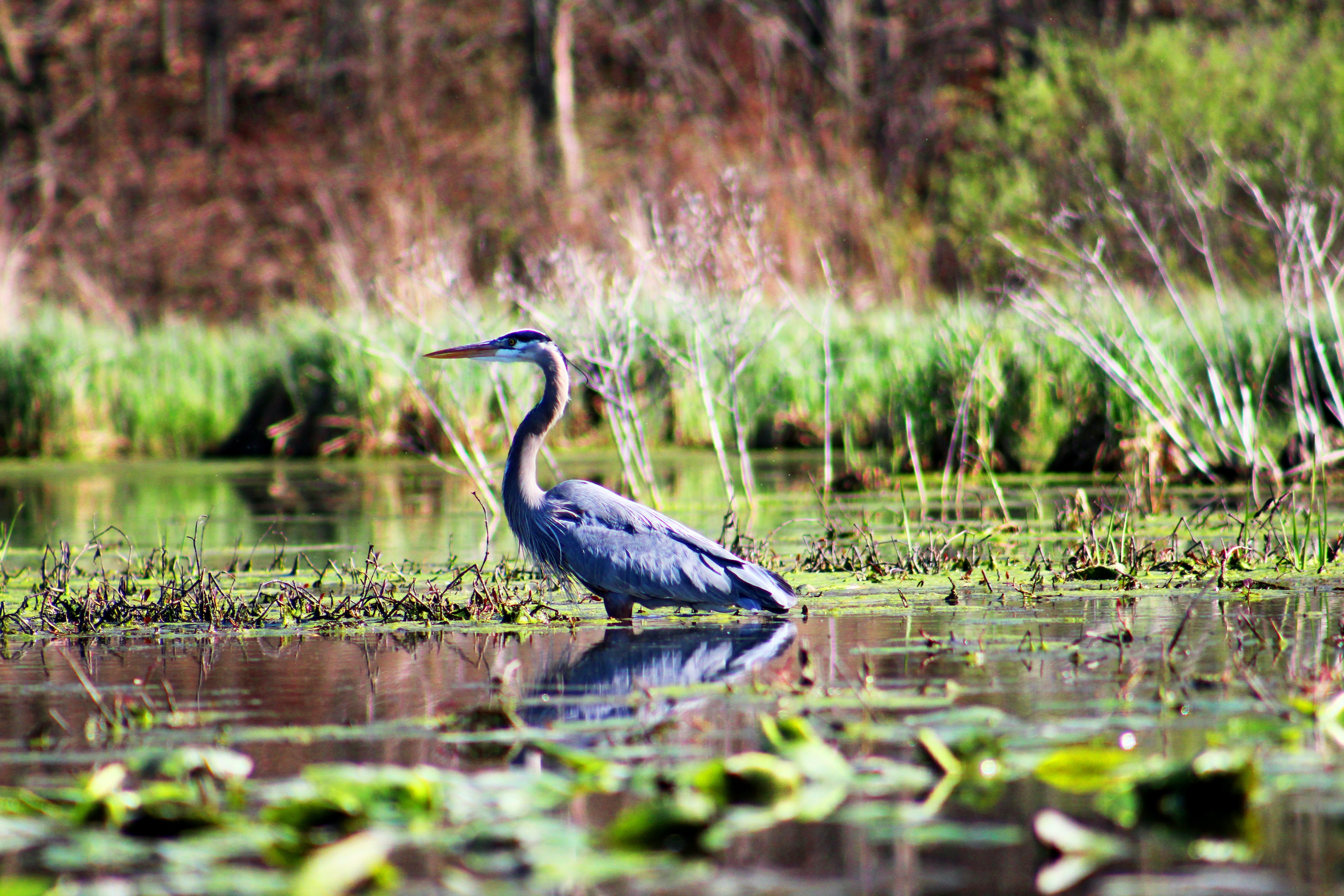
2022
During the second cycle of the City Accreditation Scheme, 25 cities qualified for accreditation and were announced during the Convention on Wetlands Standing Committee of May 2022. These newly accredited cities will be formally recognized during the COP14 of the Convention on Wetlands, to be held in November 2022.
These 25 cities are:
- Canada: Sackville
- China: Hefei; Jining; Liangping; Nanchang; Panjin; Wuhan; and Yangcheng
- France: Belval-en-Argonne and Seltz
- Indonesia: Surabaya and Tanjung Jabung Timur
- Islamic Republic of Iran: Bandar Khamir and Varzaneh
- Iraq: Al Chibayish
- Japan: Izumi and Niigata
- Morocco: Ifrane
- Republic of Korea: Gochang; Seocheon; and Seogwipo
- Rwanda: Kigali
- South Africa: Cape Town
- Spain: Valencia
- Thailand: Sri Songkhram District
Register now for Connective Cities’ session on planning for sustainable infrastructure titled ‘Green infrastructure: Guidance & recommendations for overcoming the implementation gap in cities’. The event will take place online on 8 June 2022 14:00 – 16:00 (CEST).
What exactly is meant with ‘Green Infrastructure’?
The European Commission defines Green Infrastructure as “a strategically planned network of natural and semi-natural areas with other environmental features designed and managed to deliver a wide range of ecosystem services such as water purification, air quality, space for recreation and climate mitigation and adaptation.”
There are already many innovative strategies and practices on local level in place when it comes to sustainable urban planning, urban greening, and land-use as well as ecosystem-based management practices. However, there is also a lack of systematic implementation of urban green infrastructure and underpinning cross-sectoral governance and management arrangements as well as access to these practice-oriented solutions and the relevant contacts.
To this end, Connective Cities and in partnership with NetworkNature is organising this session that focuses on the main barriers of green infrastructure implementation. The session also aims at highlighting best practices and experience of European and international cities in overcoming these barriers as well as introducing the audience to available guidance and resources. The session showcases the findings of the scientific opinion paper drafted for the German Environment Agency, and a mapping of remaining nature-based solutions knowledge and implementation gaps performed as part of the H2020 project NetworkNature. The session also aims at highlighting best practices and experience of European and international cities in overcoming these barriers as well as introducing the audience to available guidance and resources.
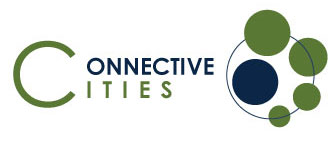
The prestigious, well-established and respected Group of Leading Subnational Governments toward Aichi Biodiversity Targets (GoLS) and the Aichi Prefecture have joined the global RegionsWithNature partnership initiative.
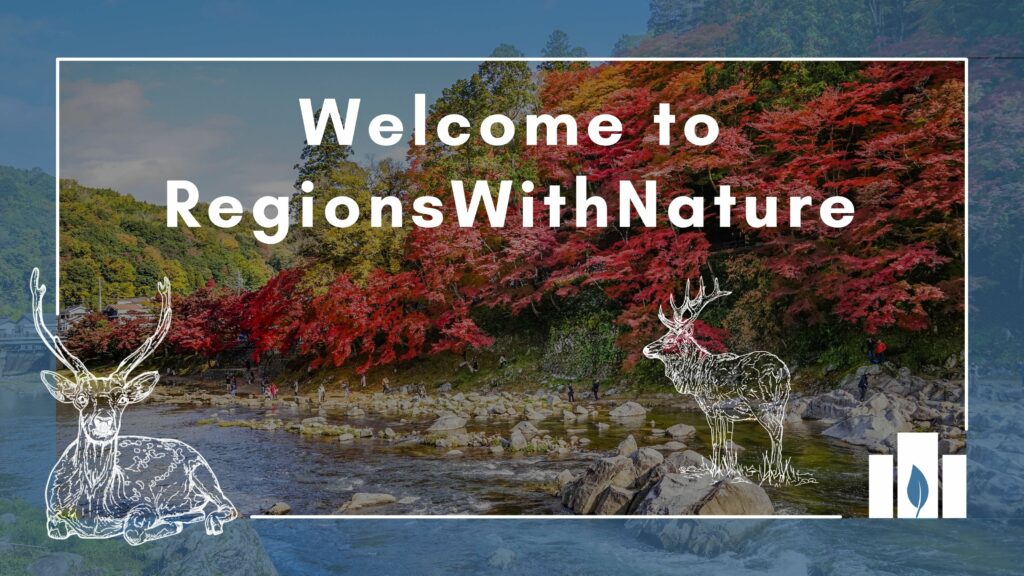
GoLS and its members, that include the Aichi Prefecture, ANAAE, Campeche, Catalonia, Gangwon, Jiangsu, Ontario, Quebec and São Paulo, have stood firmly on matters related to subnational and regional governments’ collective action. Subnational governments, including States, Provinces, Regions, and Prefectures, are key in implementing actions and achieving results for the conservation and the sustainable use of biodiversity, and their active contributions are essential to achieving the Aichi Biodiversity Targets.
The Aichi Prefecture has been the key subnational government in implementing the Aichi Targets since their adoption at the 2010 biodiversity CBD COP10, held in Nagoya, the capital city of the Aichi Prefecture. It is at this COP that, for the first time, CBD Parties endorsed and adopted the Plan of Action on how to mobilize subnational and local governments to bring national strategies and plans addressing global biodiversity issues into a local context.
The Aichi Prefecture has taken important action in pursuing the local and subnational agenda and creating communities that support rich and abundant biodiversity, for humans and nature to live in harmony.
The Aichi Prefecture has joined RegionsWithNature as a founder under the leadership of Governor Ohmura and has shown its determination to be actively involved, together with ICLEI, in promoting nature conservation activities in municipalities around the world. Aichi Prefecture is a metropolitan area with a thriving manufacturing industry, but also a region rich in nature, with forests, rivers and a long coastline. Aichi Prefecture is committed to working with other local and subnational governments and other actors participating in RegionsWithNature in order to implement effective measures to harmonize the environment and the economy.
Today, as global sustainability is becoming an ever more pressing issue, and as local government involvement is seen as a pivotal condition for fair and just transition on the ground, Parties are reaffirming the importance of involving local and subnational governments in the global suitability agenda including in the context of climate crisis.
This is our time to make a significant contribution and make a concrete and substantial difference. National governments should embrace multilevel cooperation and local and subnational governments need to scale up actions.
Fortunately, frameworks for international action are in place and we can step up our efforts through and with RegionsWithNature to achieve our common goals. ICLEI Japan will work together with GoLS and the Aichi Prefecture in addressing the underlying causes of biodiversity loss by mainstreaming biodiversity across all levels of governments in Japan and elsewhere around the globe.
~ Togo Uchida, Executive Director, Japan Office of ICLEI Tweet

The Convention on Biological Diversity was fortunate to have the local and subnational governments across the globe advancing and accumulating experience based on the Plan of Action in 2010. But further actions are needed. With GoLS joining RegionsWithNature as a partner, we add an important ally to strategically move ahead, together with the other founding partners, ICLEI, Regions4, the European Committee of the Regions, the IUCN and global bodies like the UN Environment Programme and the Secretariat of the UN Convention on Biological Diversity.
The Aichi Prefectural Government in Japan comes in as well, along with the founding subnational governments, namely Yucatán and Campeche in Mexico, São Paulo and Pernambuco in Brazil, Goa in India, the Community of Madrid in Spain, the Western Cape Province in South Africa, Québec in Canada.
We warmly welcome GoLS and the Aichi Prefecture joining RegionsWithNature and recognize Governor Ohmura’s leadership in building a lasting legacy from the landmark COP10 in Nagoya in 2010 and creating ecological networks for taking effective and urgent actions to halt the loss of biodiversity.
Our ICLEI office in Japan, through Executive Director, Togo Uchida, is ready to continue advising GoLS on their journey in RegionsWithNature, as we share the mission, scope and objectives in restoring our natural environment for a systemic transformation to more sustainable, inclusive and green societies.
~ Kobie Brand, Deputy Director General of ICLEI. Tweet

Amidst environmental challenges of unprecedented scale and urgency there is reason for hope, as we come together, strengthening tools, resources, and decisive action for shifting to a sustainable future. Local and subnational governments are looking forward to the adoption of an updated, strengthened and more ambitious Plan of Action on engagement of subnational governments, cities and other local authorities to enhance the implementation of the post-2020 Global Biodiversity Framework (GBF), at the Biodiversity COP 15 in Kunming, China later this year. This will put local and subnational governments on a trajectory to optimize their contributions to achieving global and national biodiversity targets and the vision of living in harmony with nature.
WorldBio2022: accelerate international cooperation in the UN Convention on Biological Diversity
The WorldBio2022 (hybrid) event will take place on 7-9 June, 2022, in São Paulo-SP-Brazil. WorldBio2022 is led by the State Government of São Paulo, the CBD Secretariat, ICLEI and Regions4, supported by the EU post-2020 project and GIZ and organized by ACIA as an expert neutral organization.
The World Bio 2022 process marks a significant milestone in the journey of local and subnational governments towards greater involvement in the implementation of the post-2020 Global Biodiversity Framework. This is a journey that started with the adoption of the 1st Plan of Action in Nagoya in 2010, reinforced at CBD COP 14 in Egypt with the Sharm el Sheik Communique on Local and Subnational Action for Nature & People, and its momentum has continued through the Edinburgh Process and Edinburgh Declaration.
The WorldBio2022 process is being designed as:
1
A multi-stakeholder governance system of networks, led by subnational and local governments in coordination with their national counterparts, yet open to all organized players and development and capacity building organizations;
2
A coordinated network of think-tanks to generate knowledge, combined with helpdesks, also to assist its participants and CBD Parties to develop, curate and “package” projects, match them with the appropriate partners and resources, and monitor and report on progress and challenges; and
3
A roadmap and web-empowered platforms of activities (CitiesWithNature and RegionsWithNature), events and publications to animate the above.

The aim of the process is to support the implementation of the 10-year global biodiversity framework (GBF) of all its 195-member national governments, 70,000 subnational and one million local authorities, and the UN system It is designed to be flexible and learn along the lifetime of the GBF, building on its multi-stakeholder governance platform, and the implementation of the Plan of Action.
At the São Paulo inception event, partners will be working to develop projects and programmes along five main themes, which resulted from extensive consultations, and which will be taken to the 7th Summit parallel to CBD COP15’s phase II later on in the year. These themes include environmental education and awareness, upscaling of nature-based solutions across the city level and urban ecosystem restoration.
WorldBio2022 will be a hybrid event, which can be attended either in person or online. Register here or contact WorldBio2022 at wbio2022@cunhambebe.org.br.
Kijani Pamoja – based in Tanzania – has joined CitiesWithNature as an official partner! Kijani Pamoja is a youth-led Pan-African re-greening movement to activate, inspire, and educate communities to regreen cities and urban spaces and care for the environment. CitiesWithNature and Kijani Pamoja will collaborate on developing and sharing practical guidance around tree planting – specifically creating Miyawaki forests – as well as awareness raising and advocacy around nature, biodiversity and Green Recovery.
Kijani Pamoja means “Green Together” and works to unite communities to become restoration leaders and key drivers of the movement. Their mission is to activate financial and human resources to engage communities to take action and plant trees and uber-dense indigenous “mini” forests (Miyawaki Forests) in cities across Africa.
In March 2022, in partnership with the Embassy of Ireland to Tanzania, Kijani Pomoja launched a 10-year urban re-greening movement that aims to plant millions of trees to create thousands of mini-forests across Dar es Salaam. This forms part of their efforts to reduce the country’s largest commercial city’s vulnerability to climate change.
Image gallery
Story and photo credit: John Namkwahe, Communication Lead at Kijani Pamoja
Dar es Salaam is estimated to lose about 10% of its trees annually according to IINTERACT-Bio’s 2019 study titled “A Thematic Atlas of Nature’s Benefits to Dar es Salaam”. The study further indicates that by 2040, Dar es Salaam will frequently experience temperatures above 36°C and therefore recommends that tree planting efforts are intensified.
A similar urban re-greening campaign was also launched in Zanzibar on 22 March, implemented by Kijani Pamoja partners to further promote the climate action agenda in the isles. The launch event brought together a number of environmental stakeholders from public entities, private institutions and development partners including embassies to Tanzania.
As a partner organization to CitiesWithNature, Kijani Pamoja aims to address some of the environmental challenges faced by other towns and cities across Tanzania and East African Community (EAC) Member States such as Kenya and Uganda in the near future.
“Protecting and enhancing urban green spaces provides huge benefits to one of Africa’s fastest growing cities. Growing and caring for trees encourages active community participation and improves the mental and physical health of people living in our cities” said Ms. Sarah Scott, the Chief Executive Officer (CEO) and Founder of the Kijani Pamoja Movement during the organization’s launch in March. Moreover, she appealed to the Tanzanian government, global donor community, private sector, and local communities to join hands and work together to eliminate the existing environmental challenges in the country.

The Tanzanian Government and environmental stakeholders operating in Tanzania including the Embassies and private sector institutions have pledged to support the Movement. In support of the movement, Ms. Jokate Mwegelo – a District Commissioner for Temeke, who officiated the movement launch on behalf of Dar es Salaam Regional Commissioner Mr. Amos Makala – said, “I am encouraged by the Kijani Pamoja mission and movement to engage various stakeholders plus communities in our country to plant trees and make our cities more livable and sustainable for the future”. She added: “We are all responsible for conserving nature for the betterment of our planet. The Government of Tanzania plays its part to conserve the environment by preserving forests and supporting environmental conservation initiatives in the country”.
The Irish Deputy Head of Mission, Ms. Mags Gaynor, emphasized the crucial role of forests in addressing climate change and protecting our planet. She added that, “Climate action is a diplomatic and development priority for Ireland. Therefore, Ireland is happy to support Kijani Pamoja in this initiative that will contribute to increasing urban forest conservation, mobilizing stakeholders, and inspiring youth to be at a forefront of the movement”.
Light pollution and its impact on migratory birds is the focus of World Migratory Bird Day 2022, a global campaign that aims to raise awareness of migratory birds and the need for international cooperation to conserve them. Activities to mark the day will be held globally under the theme “Dim the Lights for Birds at Night”.
Light pollution is increasing around the globe. More than 80 per cent of the world’s population is currently estimated to live under a “lit sky”, a figure closer to 99 per cent in Europe and North America. The amount of artificial light on the Earth’s surface is increasing by at least 2 per cent each year and could be much greater.
Natural darkness has a conservation value in the same way as clean water, air, and soil.
A key goal of World Migratory Bird Day 2022 is to raise awareness of the issue of light pollution and its negative impacts on migratory birds.
Solutions are readily available, and we hope to encourage key decision-makers to adopt measures to address light pollution.
~ Amy Fraenkel, Executive Secretary of the Convention on the Conservation of Migratory Species of Wild Animals (CMS) Tweet

Light pollution is a significant and growing threat to wildlife including many species of migratory birds. Every year, light pollution contributes to the death of millions of birds. It alters the natural patterns of light and dark in ecosystems. It can change birds’ migration patterns, foraging behaviours, and vocal communication. Attracted by artificial light at night, particularly when there is low cloud, fog, rain or when flying at lower altitudes, migrating birds become disorientated and may end up circling in illuminated areas. Depleted energy reserves put them at risk of exhaustion, predation, and fatal collision with buildings.
An enormous diversity of birds, active at night, experience the impacts of light pollution.
Many nocturnally migrating birds such as ducks, geese, plovers, sandpipers and songbirds are affected by light pollution causing disorientation and collisions with fatal consequences.
Seabirds such as petrels and shearwaters are attracted by artificial lights on land and become prey for rats and cats.
~ Jacques Trouvilliez, Executive Secretary of the Agreement on the Conservation of African-Eurasian Migratory Waterbirds (AEWA)0 Tweet

Solutions and recommendations to mitigate light pollution
Guidelines on light pollution covering marine turtles, seabirds, and migratory shorebirds were endorsed by the CMS Parties in 2020. Among their recommendations, the guidelines set forth six principles of best lighting practices and call for Environmental Impact Assessments for relevant projects that could result in light pollution. These should consider the main sources of light pollution at a certain site, the likely wild species that could be impacted, and facts about proximity to important habitats and migratory pathways.
New guidelines focusing on migratory landbirds and bats are currently being developed under CMS. They will be presented to CMS Parties for adoption at the 14th Meeting of the Conference of the Parties to CMS in 2023.
Numerous governments, cities, companies, and communities around the world are already taking steps to address light pollution.
In some cities, particularly in North America, initiatives such as “Lights Out” programmes and bird-friendly building guidelines aim to protect migrating birds from light pollution by encouraging building owners and managers to turn off any unnecessary lighting during migration periods.
World Migratory Bird Day is a call to action for international migratory bird conservation.
As migratory birds’ journey across borders, inspiring and connecting people along the way, it is our aim to use the two days in 2022 to raise awareness of the threat of light pollution and the importance of dark skies to bird migrations.
~ Susan Bonfield, Director, Environment for the Americas Tweet

More information
About World Migratory Bird Day
World Migratory Bird Day, celebrated in both May and October each year, is organized by a collaborative partnership among two UN wildlife treaties – the Convention on the Conservation of Migratory Species of Wild Animals (CMS) and the Agreement on the Conservation of African-Eurasian Migratory Waterbirds
(AEWA) – and the non-profit organization, Environment for the Americas (EFTA). The 2022 campaign is also being actively supported by the East Asian-Australasian Flyway Partnership (EAAFP) Secretariat, BirdLife International and a growing number of other dedicated organizations. World Migratory Bird Day highlights the importance of international cooperation for the conservation of migratory birds and their habitats. For the peak day in May, more than 200 registered events in over 30 countries to mark World Migratory Bird Day 2022 will include bird festivals, education programmes, media events, bird watching trips, presentations, film screenings and a benefit concert to raise funds for international nature conservation.
These events are hosted by governments, parks, schools, libraries, and numerous other groups and range from bird walks to educational workshops and festivals. Some events are offered virtually.
In the Americas, upcoming virtual events include an expert-led webinar on bird migration hosted by the National Audubon Society and a conversation with bird-glass collision researcher and author Daniel Klem Jr. hosted by Environment for the Americas on May 12th. There will be a virtual art activity and reading of the children’s book What if Night? with author Paul Bogard and illustrator Sarah Holden on May 13th.
The East Asian-Australasian Flyway Partnership (EAAFP) established a special WMBD Small Grant Fund to provide financial support to EAAFP Partners and collaborators to raise awareness on the need of conserving migratory waterbirds and the value of their habitats in the East Asian – Australasian Flyway. The EAAFP also published a special newsletter to mark World Migratory Bird Day 2022.
Why celebrate World Migratory Bird Day on two days?
Traditionally observed on the second Saturday of May and October, the two celebrations of World Migratory Bird Day are a way to reflect the cyclical nature of bird migration as well as the fact that there are varying peak migration periods in the northern and southern hemispheres. The two-day observance of World Migratory Bird Day also gives more people the chance to celebrate and contemplate migratory birds during peak migration times in different parts of the world.
www.worldmigratorybirdday.org
About the Convention on Migratory Species (CMS)
An environmental treaty of the United Nations, the Convention on the Conservation of Migratory Species of Wild Animals (CMS) provides a global platform for the conservation and sustainable use of migratory animals and their habitats. This unique treaty brings governments and wildlife experts together to address the conservation needs of terrestrial, aquatic, and avian migratory species and their habitats around the world. Since the Convention’s entry into force in 1979, its membership has grown steadily to include 133 Parties from Africa, Central and South America, Asia, Europe and Oceania.
www.cms.int @bonnconvention
About the African-Eurasian Migratory Waterbird Agreement (AEWA)
The Agreement on the Conservation of African-Eurasian Migratory Waterbirds (AEWA) is an intergovernmental treaty dedicated to the conservation of migratory waterbirds that migrate along the African-Eurasian Flyway. The Agreement covers 255 species of bird ecologically dependent on wetlands for at least part of their annual cycle. The treaty covers 119 range States from Europe, parts of Asia and Canada, the Middle East and Africa. As of today, AEWA currently has 82 Parties, 44 from Eurasia (including the European Union) and 38 from Africa.
www.unep-aewa.org @UNEP_AEWA
Environment for the Americas (EFTA)
EFTA is a Colorado-based non-profit organization that provides bilingual educational materials and information about birds and bird conservation to raise awareness of migratory birds and to promote actions that protect migratory birds throughout the Americas.
https://www.environmentamericas.org/
Related links:
CMS COP13 Resolutions and Decisions on Addressing Light Pollution:
To implement nature-based solutions successfully in urban areas we need smart policies and effective ways of working together with many different stakeholders. The Urban Nature Atlas is a great place to learn from various nature-based solutions that cities have already implemented. Take a look at this database developed by CitiesWithNature partner organisation Naturvation below.
But what policy instruments can we use in cities to encourage nature-based solutions such as ecosystem restoration or sustainable urban drainage systems? A new database, the Urban Governance Atlas, will provide proven policy instruments. They are inviting people to nominate policy instruments that could be included in the database until 30 June:
The Urban Governance Atlas (UGA) will be an interactive online database of around 250 good practice policy instruments that support the use of nature-based solutions (NBS) for urban ecosystem restoration and more inclusive green space planning. The first database of its kind, the UGA will allow users to explore a different kinds of policy instruments being applied across the world, especially those coming from countries in the EU and Latin America. By focusing on instruments that have been proven to work well, the UGA will support cities to become greener and more inclusive and serve as a resource for civil society, the scientific community, and wider audiences.
In addition to serving as a resource, the UGA provides an opportunity for you to share your knowledge and be part of a global community working on NBS. By helping us to fill in the UGA, your organization or project logo can also be featured on the website! Sound interesting?

- Nominate policy instruments for us to include in the database (email these to mckenna.davis@ecologic.eu); and
- Fill out a short questionnaire per instrument (for more information, visit our informational page and watch our short introductory video)
For any questions, please contact mckenna.davis@ecologic.eu. Thank you for your support and we look forward to hearing from you!
Nominations and inputs are welcome until 30 June 2022.
Source: https://oppla.eu/urban-governance-atlas-call-contributions
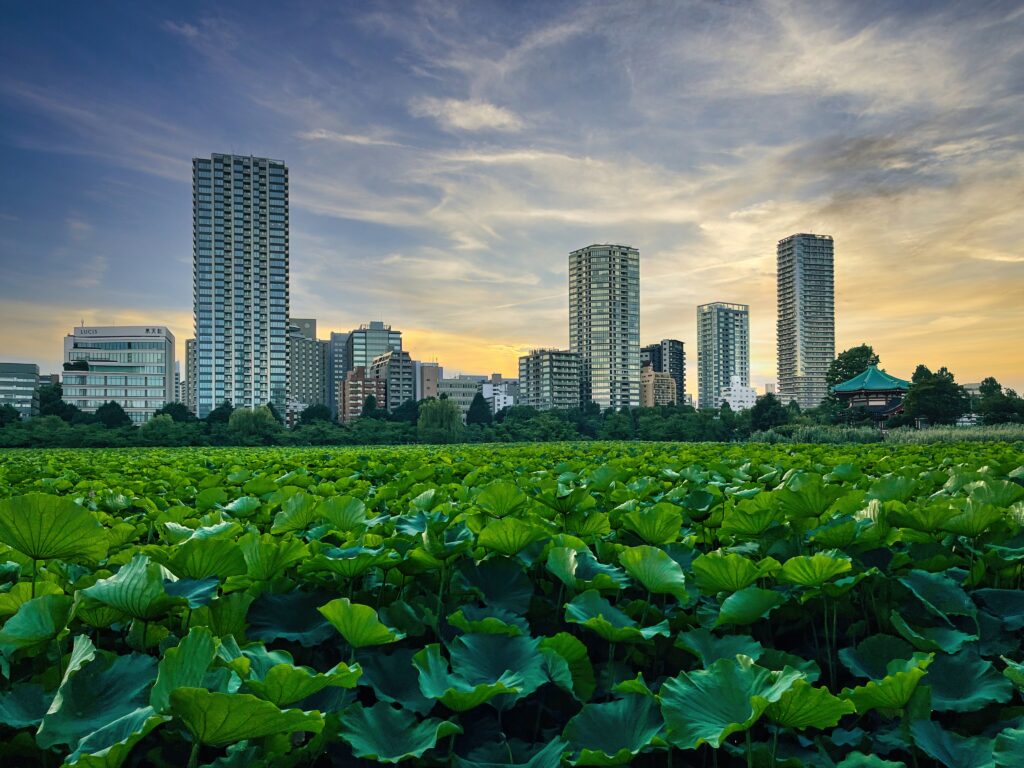
What's in a name?
Speaking of nature-based solutions, what exactly are they? Definitions matter and there has been a fair amount of debate about how nature-based solutions should be defined. At the UN Environment Assembly earlier this year, the following definition was adopted:
Nature-based solutions are ‘actions to protect, conserve, restore, sustainably use and manage natural or modified terrestrial, freshwater, coastal and marine ecosystems, which address social, economic and environmental challenges effectively and adaptively, while simultaneously providing human well-being, ecosystem services and resilience and biodiversity benefits.’
CitiesWithNature offers the latest NbS tools & resources
The Tools & Resources Hub on the CitiesWithNature platform provides easy access to a wide range of reliable resources and cutting-edge tools on nature-based solutions. All in one place, and for free.

Montréal in Canada is leading the way by weaving nature into its urban fabric. The city, which hosts the Secretariat of the UN Convention on Biological Diversity (CBD), works on various initiatives to protect ecosystems, promote nature in the city and encourage residents to take part in local initiatives, as part of the city’s ecological transition.

Not only was Montréal among the pioneer cities to join CitiesWithNature, the CitiesWithNature initiative was launched in Montréal in 2018 at the ICLEI World Congress by the founding partners ICLEI – Local Governments for Sustainability, the International Union for Conservation of Nature (IUCN) and The Nature Conservancy (TNC).
Montréal’s city profile on CitiesWithNature, introduces the city’s considerable nature initiatives and key policies, plans and projects that they have shared on their Nature Pathway.
One of these initiatives is Montréal’s shiny new insectarium that aims to connect people with nature through an innovative approach. The insectarium is the first museum in North America that provides people the opportunity to get up close to living insects as they move around freely in immersive habitats. Montréal’s Mayor, Valerie Plante, recently opened the redesigned space.
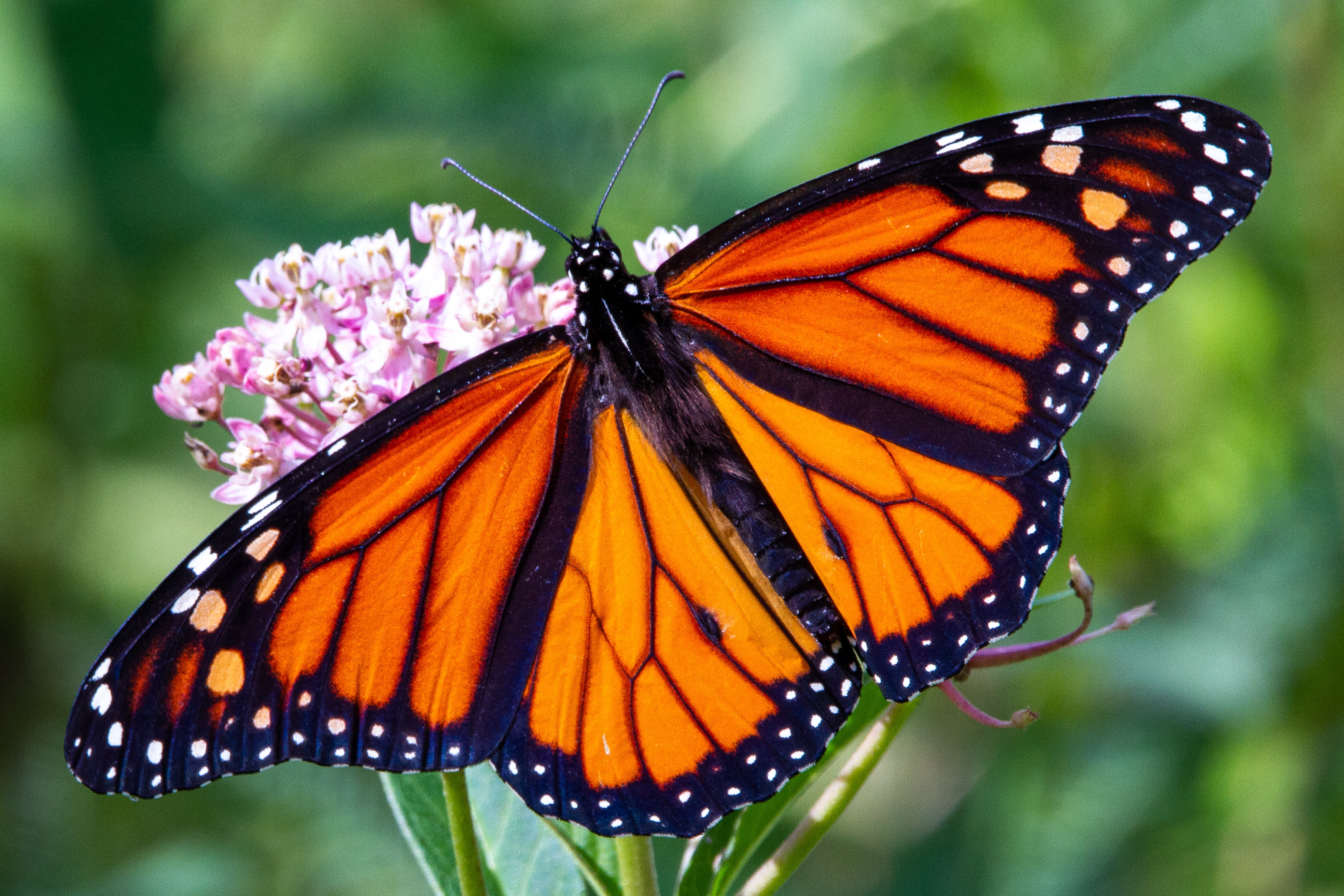
One of the iconic insects featured at the insectarium is the monarch butterfly. This eye-catching species is renowned for its long-distance migration from Canada through the USA to Mexico. Given this migration pattern, the local actions of cities and citizens matter on a global level: protecting the monarch’s habitat and its food plants throughout North America is essential for the survival of this species.
Similarly, another leading CitiesWithNature city, San Antonio in Texas, planted the North American Friendship Garden in collaboration with counterparts from Mexico and Canada. This garden includes a pollinator garden to provide a sanctuary for monarch butterflies during their international migration. Read more about this inspiring initiative.
Photos by Joshua J. Cotten on Unsplash
Here on the CitiesWithNature platform, over 200 cities from around the world are connecting, sharing their experiences and actions, and benefiting from access to a range of partner organisations and practical tools.
CitiesWithNature enables local governments and their partners to:
– Showcase their city’s actions and plans, understand how they contribute to global nature goals and easily track their achievements on the Action Platform
– Integrate nature throughout their city’s plans, policies and operations via the Nature Pathway
– Access cutting-edge tools and resources on nature-based solutions, ecosystem restoration and biodiversity conservation on the Tools & Resources Hub
– Get practical guidance on key topics such as resilience and catchment management via the Guides
– Connect with other cities and leading international partner organisations
– Share their city’s nature work with a global audience
Not yet part of CitiesWithNature? It’s easy and free to join. Watch this tutorial to see how to register your city and activate your account on CitiesWithNature:
Your City Profile is where you can showcase your city’s nature work and where all your activities on the platform are gathered. The basic information that cities can upload on their City Profiles is a photo of the mayor, a short overview of the city, its natural features and biodiversity work, relevant social media channels, and some photos of natural areas and biodiversity initiatives that the city is proud of.
In addition to this standard information, cities use the Nature Pathway to share key documents such as their Environmental Strategy, Local Biodiversity Strategy and Action Plan, etc., to showcase their work and inspire other cities.
On the Tools and Resources Hub, cities can also share specific tools or resources such as guidelines, handbooks or case studies.
Lastly, cities can also post news updates, photos, videos or weblinks on their City Profiles.
Check out the inspiring profiles of these cities: Barcelona, Cape Town, Montreal, San Antonio TX, Baia Mare and West Torrens in Adelaide.
The Tools & Resources Hub on the CitiesWithNature platform provides easy access to a wide range of reliable resources and cutting-edge tools on nature-based solutions. All in one place, and for free. See what tools and resources we have on nature-based solutions.
What is the Nature Pathway?
The Nature Pathway is a comprehensive roadmap that helps you to integrate nature throughout your city’s plans, policies and operations. It is based on a tried-and-tested ICLEI methodology and provides step-by-step guidance and tools for mainstreaming biodiversity in your city. On the Nature Pathway you will find useful examples of policies, plans, projects and tools from other cities and leading international organizations. You can also showcase your city’s own work and inspire others by uploading relevant documents as you progress along the Nature Pathway.
The new-look Nature Pathway features an intuitive interface, easy navigation and new functions. Keep an eye out for the new tutorial on the site, which explains all the different parts of the Nature Pathway.
Sign up to our monthly newsletter!
The CitiesWithNature and RegionsWithNature Buzz Newsletter is a monthly roundup of important news, events and new insights about what local and regional governments – and their partners – are doing to boost nature and benefit people.
Visit our sister platform, RegionsWithNature
Regional governments like provinces and states are uniquely positioned to promote nature-positive development at the landscape scale and across urban-rural linkages. RegionsWithNature will support regional government officials and other stakeholders to enhance ecosystem restoration, biodiversity conservation and nature-based solutions in their regions. Read more here.
Photo by Krisztina Papp on Unsplash
Learn how participating cities can publish their nature and biodiversity commitments and progress on the CitiesWithNature Action Platform, share their journey with other cities, and use the Action Platform to generate reports and inform decision making in their own council and community.
Join leading Australian cities at this webinar hosted by ICLEI Oceania to learn more about their nature work and for a demonstration of the new CitiesWithNature Action Platform.
Wednesday 6 April at 4pm – 5:15pm AEST
Virtual Zoom Event
Register free here.
This webinar will demonstrate how to use the Platform and feature some updates from several cities in preparation for populating the Action Platform.
Speakers will include:
– Cr Amanda Stone, Councillor, Yarra City Council, Melbourne
– ICLEI Cities Biodiversity Centre
– Melbourne
– West Torrens
– Wollongong
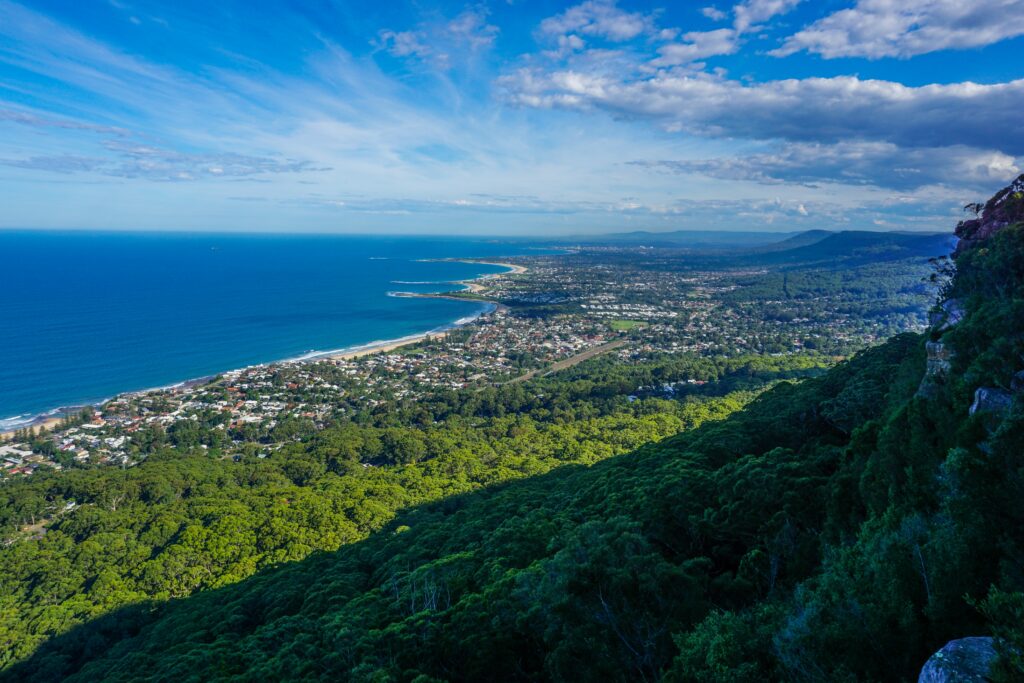
Sublime Point Lookout, Maddens Plains, near Wollongong, Australia. Image credit: https://unsplash.com/photos/0v7BeBsQhCY